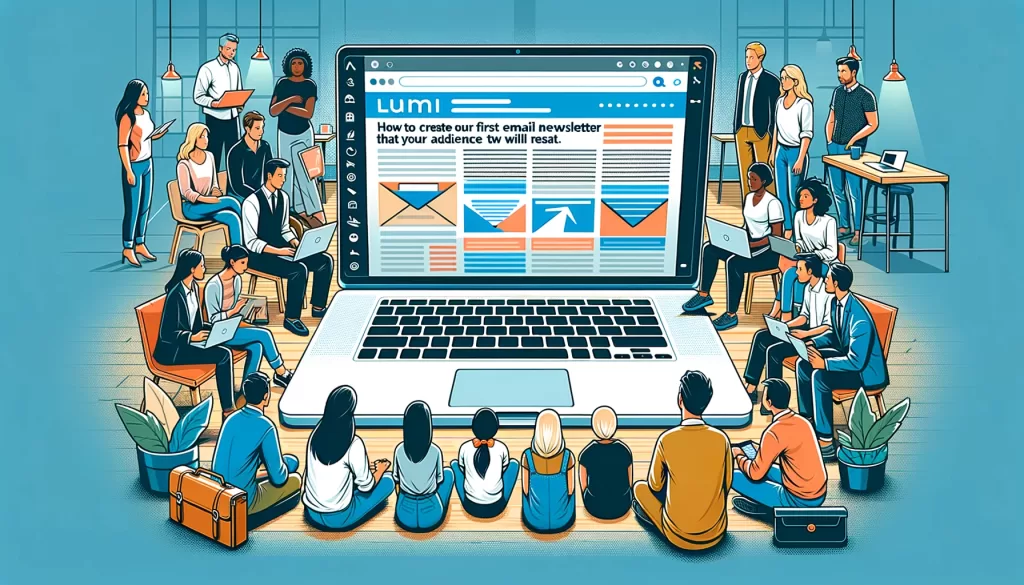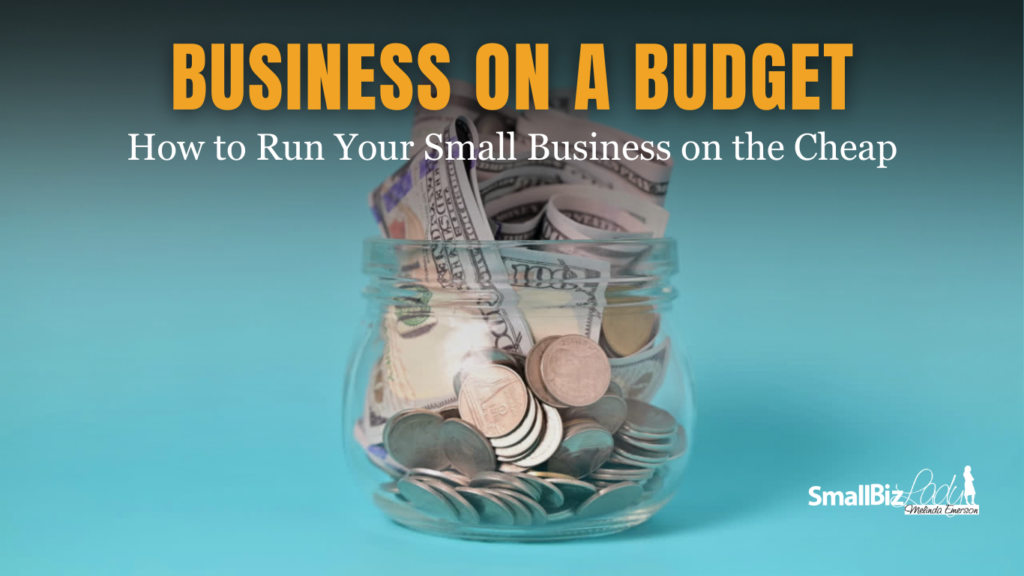Introduction
The Internet is an enormous place filled with hustle and bustle, and neverending content vying for your customers eyeballs. So how can you gain an edge and how do you turn passersby into regulars?
This is where the magic of newsletters comes into play. In the digital world, your website is your cafe, and your newsletter is the inviting aroma that draws people in and keeps them coming back for more. It’s not just about informing; it’s about creating a connection that turns visitors into a loyal community.
Newsletters are a vital tool in digital marketing, allowing businesses to maintain continuous engagement with their audience. Through newsletters, you can provide consistent value while subtly reminding readers about your business, products, or services.
The Importance of Newsletters in Digital Marketing
In today’s fast-paced digital landscape, newsletters are more than just a means of communication; they are a bridge between your business and your audience. They offer a platform to share insights, updates, and stories, helping to build a relationship based on trust and value. This connection is crucial for long-term customer retention and brand loyalty.
But it’s not just about sending out information.
The key to a successful newsletter is providing content that your readers are genuinely interested in receiving in their inbox.
It’s about striking the right balance between value-driven content and business promotion.
By focusing on what your audience cares about, you turn your newsletter into a must-read, not just another email in the crowd.
Providing VALUE Is Your #1 Goal – Value, Value, Value!
The heart of a successful newsletter lies in its ability to deliver unparalleled value to its readers.
This isn’t just about sharing information; it’s about enriching your audience’s experience.
When they see your email in their box, you need them to be curious “What kind of helpful yummy tidbit have they sent me today??”
Consider providing:
- Expert Insights: Share your unique expertise on topics relevant to your audience.
- Tips and tricks: Share productivity tips, shortcuts, tricks, insights that help speed up the work for your audience.
- Latest Industry News: Keep your readers informed about the latest trends and developments.
- How-To Guides: Offer practical advice and step-by-step guides to solve common problems.
- Exclusive Offers: Give subscribers access to special deals or early product releases.
- Personal Stories: Connect on a personal level by sharing experiences and lessons learned.
Remember, the goal is to make your newsletter so valuable that subscribers look forward to receiving it. It should be a mix of education, entertainment, and engagement that resonates with your audience’s needs and interests.
Starting with the Basics: Newsletter Structure
A well-structured newsletter is key to keeping your audience engaged. A typical newsletter includes:
- Header: A visually appealing header with your logo and newsletter title.
- Introduction: A brief, engaging introduction setting the tone for the content.
- Main Content: The body of your newsletter, where you deliver the bulk of the value.
- Call-to-Action: Encourage your readers to engage further, whether it’s visiting your website, signing up for an event, or taking advantage of an offer.
- Footer: Include necessary information like contact details, social media links, and a way to unsubscribe.
Overall length: 400-1000 words
Images to include: 2 or more
Calls to action needed: 1 or more
You can include links to your website within your main content and you should probably have at least one clickable colored button that urges the user to click through to your website.
Utilizing Email Newsletter Services
Using an email newsletter service like MailChimp, Aweber, or VerticalResponse simplifies the process of creating and managing your newsletters. Here’s how to get started:
- Gather Emails with a Lead Magnet: Use a compelling lead magnet on your website to encourage visitors to subscribe to your newsletter.
- Choose a Newsletter Service: Sign up for a service that meets your needs in terms of features, usability, and price.
- Upload Your Email List: Prepare your email list in CSV format. Most email platforms like Excel or Google Sheets allow you to export your contact list as a CSV file.
- Choose a Newsletter Template: Select a template that aligns with your brand’s aesthetic and message. Customize it as needed.
- Create Your Newsletter: Add your content, links, and images. Make sure it’s engaging and provides value to your audience.
- Schedule Your Mailing: Decide on the frequency and timing of your newsletters and schedule them accordingly.
- Analyze Campaign Statistics: After sending out your newsletter, use the service’s analytics tools to review open rates, click rates, and other engagement metrics.
Newsletters for Beginners: Best Practices and Tips
For those just starting with newsletters, here are some essential best practices:
- Know Your Audience: Tailor your content to match the interests and needs of your readers.
- Consistency is Key: Maintain a regular schedule for your newsletters to keep your audience engaged.
- Keep It Concise: Deliver value in a clear, concise manner. Avoid overwhelming your readers with too much information.
- Use Engaging Subject Lines: Craft subject lines that entice readers to open your newsletter.
- Mobile Optimization: Ensure your newsletter looks good on mobile devices, as many people read emails on their phones.
Avoid common pitfalls such as neglecting your newsletter’s design, ignoring audience feedback, or being overly promotional.
Engaging Your Audience: Content Ideas and Strategies
To keep your subscribers interested, consider the following content ideas:
- Industry Insights: Share your expertise and knowledge about industry trends.
- Behind-the-Scenes: Give a glimpse into your business operations or team to build a personal connection.
- User-Generated Content: Showcase stories or testimonials from your customers.
- Interactive Elements: Include polls, surveys, or quizzes to increase engagement.
- Regular Features: Create recurring segments, like a monthly tip or spotlight, to establish familiarity.
These ideas can help in crafting newsletters that your audience anticipates and enjoys reading.
Measuring Success and Making Improvements
Understanding the performance of your newsletters is crucial for improvement:
- Open and Click-Through Rates: These metrics indicate how engaging your newsletter is and how well it drives action.
- Audience Growth: Monitor the growth of your subscriber list to gauge the reach of your newsletter.
- Subscriber Feedback: Direct feedback can provide invaluable insights into what your audience likes or dislikes.
Use this data to refine your content, design, and overall newsletter strategy over time.
Conclusion
Launching your first newsletter can be a game-changer for your online business. It’s an effective way to keep your audience informed, engaged, and connected to your brand. Remember, the core of a successful newsletter is delivering consistent value. Whether it’s through insightful articles, special offers, or engaging stories, your goal is to make each edition something your subscribers look forward to.
As you embark on this journey, use the tools and strategies discussed to craft newsletters that not only captivate but also resonate with your audience. Pay attention to the feedback and data, and be ready to adapt and evolve. With dedication and creativity, your newsletter can grow into a powerful tool that not only informs but also inspires and connects.
Now, equipped with these insights and tips, you’re ready to create your first newsletter. Embrace the process, and watch as your digital community flourishes.




